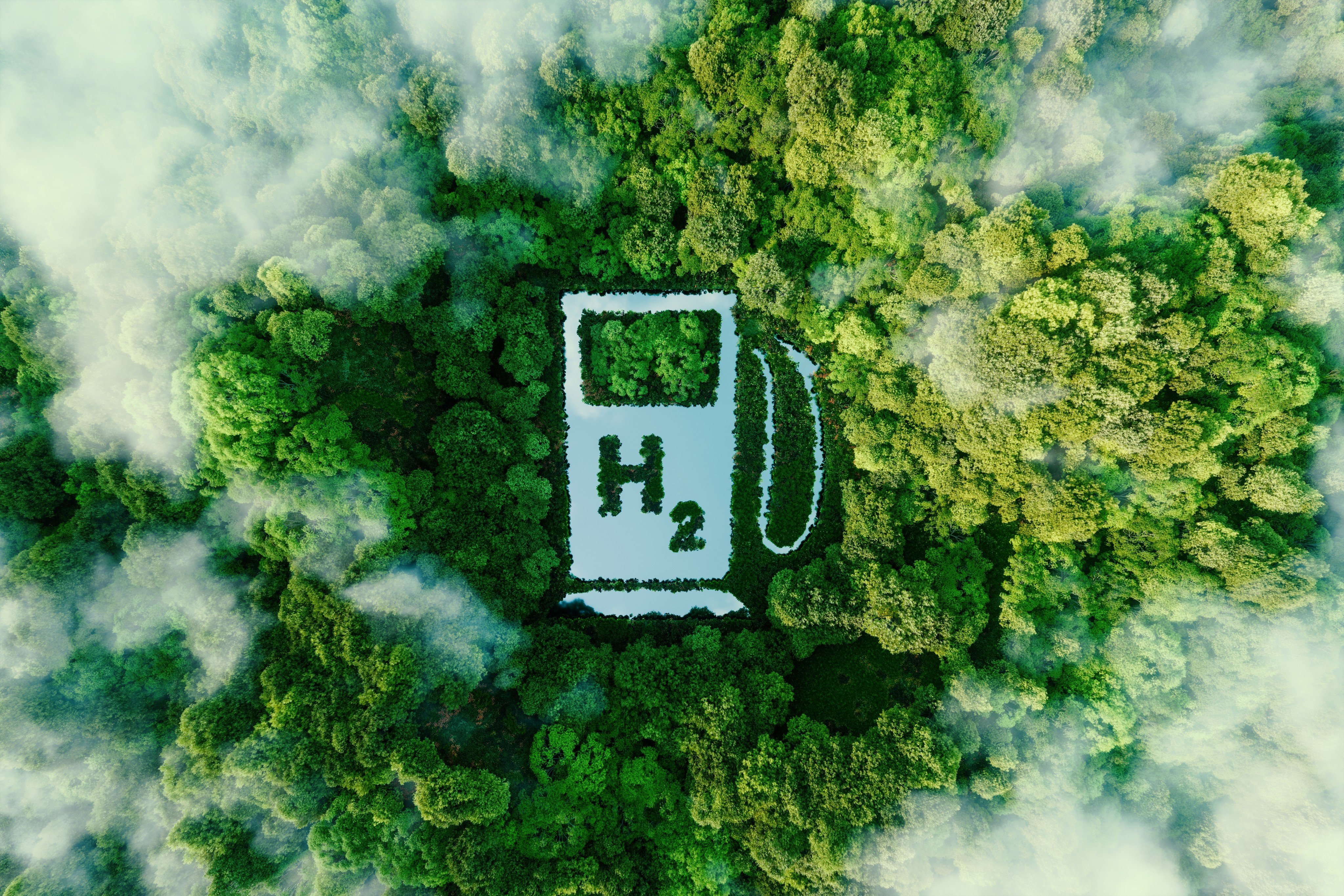
- Two-thirds of the 33 million tonnes of hydrogen produced in China in 2020 was produced from coal, emitting 360 million tonnes of carbon dioxide
- A shift to low-emission production of hydrogen is crucial to China achieving its goal of becoming carbon neutral by 2060, report says
China’s approach to produce hydrogen from coal and deploying carbon capture technology will help to enlarge supplies of the clean fuel and reduce emissions, but it is detrimental to the country’s long-term goal of transitioning to net-zero, climate experts say.
As China aims to raise the share of hydrogen in its energy mix to achieve carbon neutrality by 2060, a shift to low-emission production of hydrogen is crucial, according to a report jointly published by the International Energy Agency (IEA) and the Administrative Centre for China’s Agenda 21 last week.
“Equipping existing hydrogen production facilities with CCUS [carbon capture, utilisation and storage] is a key strategy to reduce emissions and enlarge the country’s low-emission hydrogen supply,” the report noted, referring to the suite of technologies which can capture and make effective use of the high concentrations of carbon dioxide emitted by industrial activities.
Since many of the existing coal-based hydrogen plants in China were built recently, they could be in operation for decades to come. Deploying CCUS in existing fossil fuel-based hydrogen plants, especially in regions with abundant coal, access to carbon storage and limited renewable energy availability can help produce hydrogen with low emissions and at low cost, the report said.
In addition to coal, which accounted for two-thirds of China’s hydrogen production, natural gas-generated hydrogen or “blue hydrogen” accounted for 19 per cent, while “green hydrogen”, the cleanest way of producing hydrogen by splitting water through electrolysis powered by renewable energy, accounted for only 1 per cent in 2020 due to high costs and nascent technologies, according to the China National Coal Association.
China is the only country producing hydrogen from coal at significant scale. At the end of 2021, almost 47 per cent of the global hydrogen production is from natural gas, 27 per cent from coal, 22 per cent from oil and only around 4 per cent comes from electrolysis, according to the International Renewable Energy Agency.
The cost of coal-based hydrogen is also cheaper than green hydrogen. The average cost of producing hydrogen from coal with CCUS is currently between US$1.4 to US$3.1 per kilogram, while the cost of blue hydrogen ranged from US$3.1 to US$9.7 per kg, depending on the origin and availability of the electricity, according to the IEA.
Deploying hydrogen production and CCUS together can be mutually beneficial and reinforcing, according to the report. CCUS-equipped hydrogen production is likely to be a cost-effective way for China to acquire low-emission hydrogen. Similarly, applying CCUS to hydrogen production can support early CCUS scale-up, the report added.
“Using CCUS to assist fossil fuel-based hydrogen production to significantly reduce carbon emissions may be an opportunity in the short term, but relying too much on it is dangerous,” said Shen Xinyi, a researcher at Helsinki-based think tank the Centre for Research on Energy and Clean Air (CREA).
Investing in the wrong infrastructure will lead to “carbon lock-in”, a situation that can seriously imperil climate action when fossil fuel-intensive systems perpetuate, delay or prevent the transition to low-carbon alternatives, she said.
Other experts said that China must use CCUS to assist hydrogen production as a transition strategy from the current fossil fuel-reliant hydrogen industry towards a renewable-based one.
“Eventually, the hydrogen production route has to be closely bundled with renewable energy,” said Lin Boqiang, director of the China Centre for Energy Economics Research at Xiamen University.
Electrolysis is likely to predominate hydrogen production from the 2030s, eventually accounting for as much as 80 per cent of China’s hydrogen supply by 2060 because of declining costs of electrolysers and renewable energy, according to the IEA. In the long term, renewable-based hydrogen is expected to fall to around US$1.5 per kg.
Still, to accelerate the development of China’s hydrogen industry, more policy guidance is needed to consider renewable-based hydrogen as the main method rather than supplementing fossil fuel-based production, according to Shen from CREA.
“China needs hydrogen energy to achieve its dual-carbon goal, and only green hydrogen can achieve this,” said Shen.


